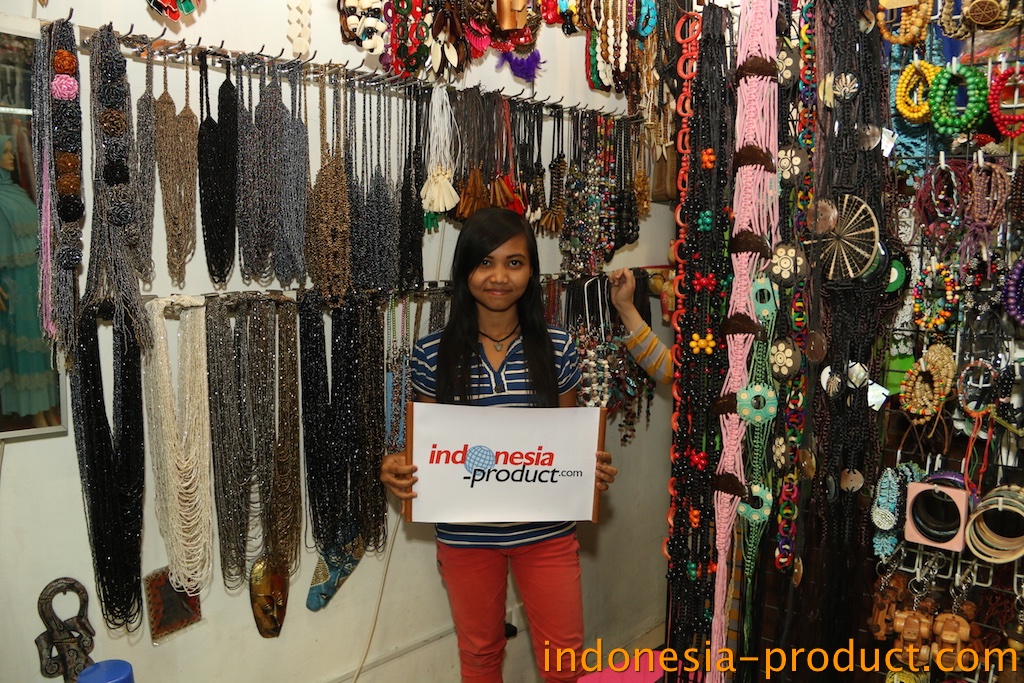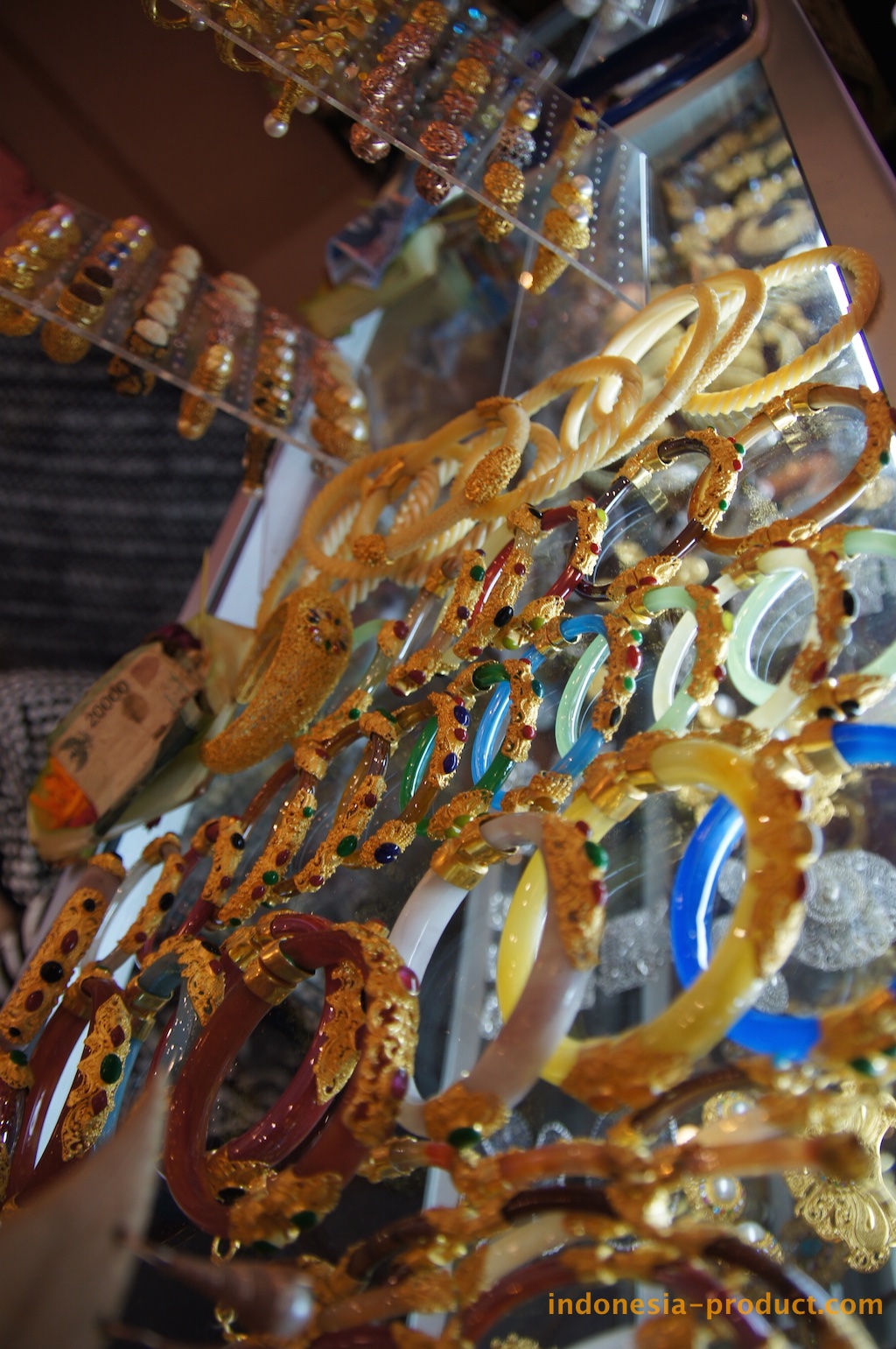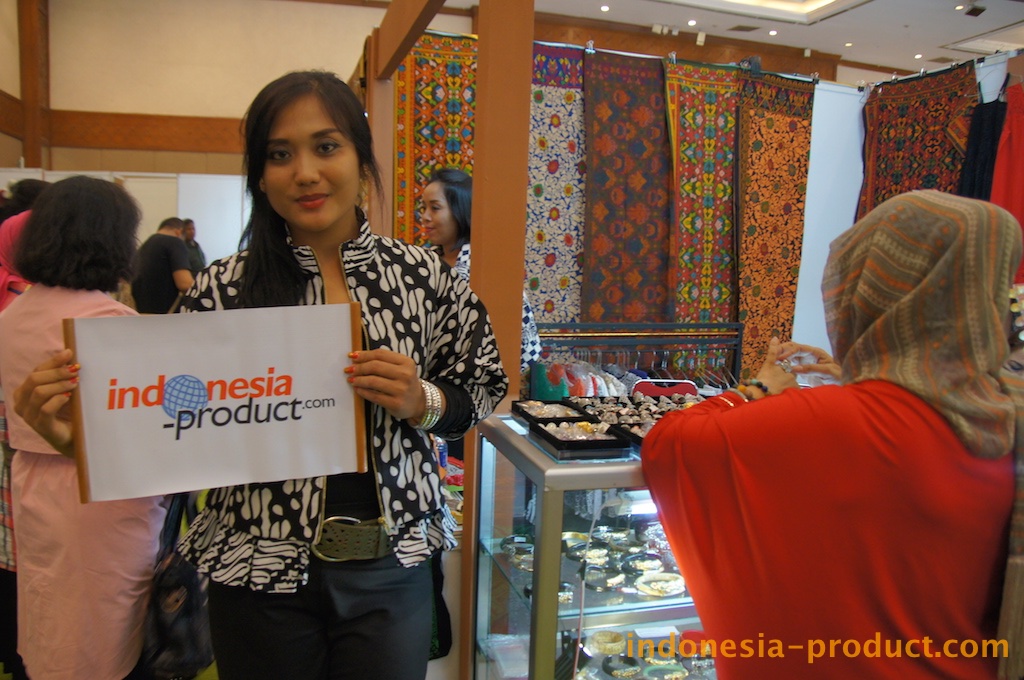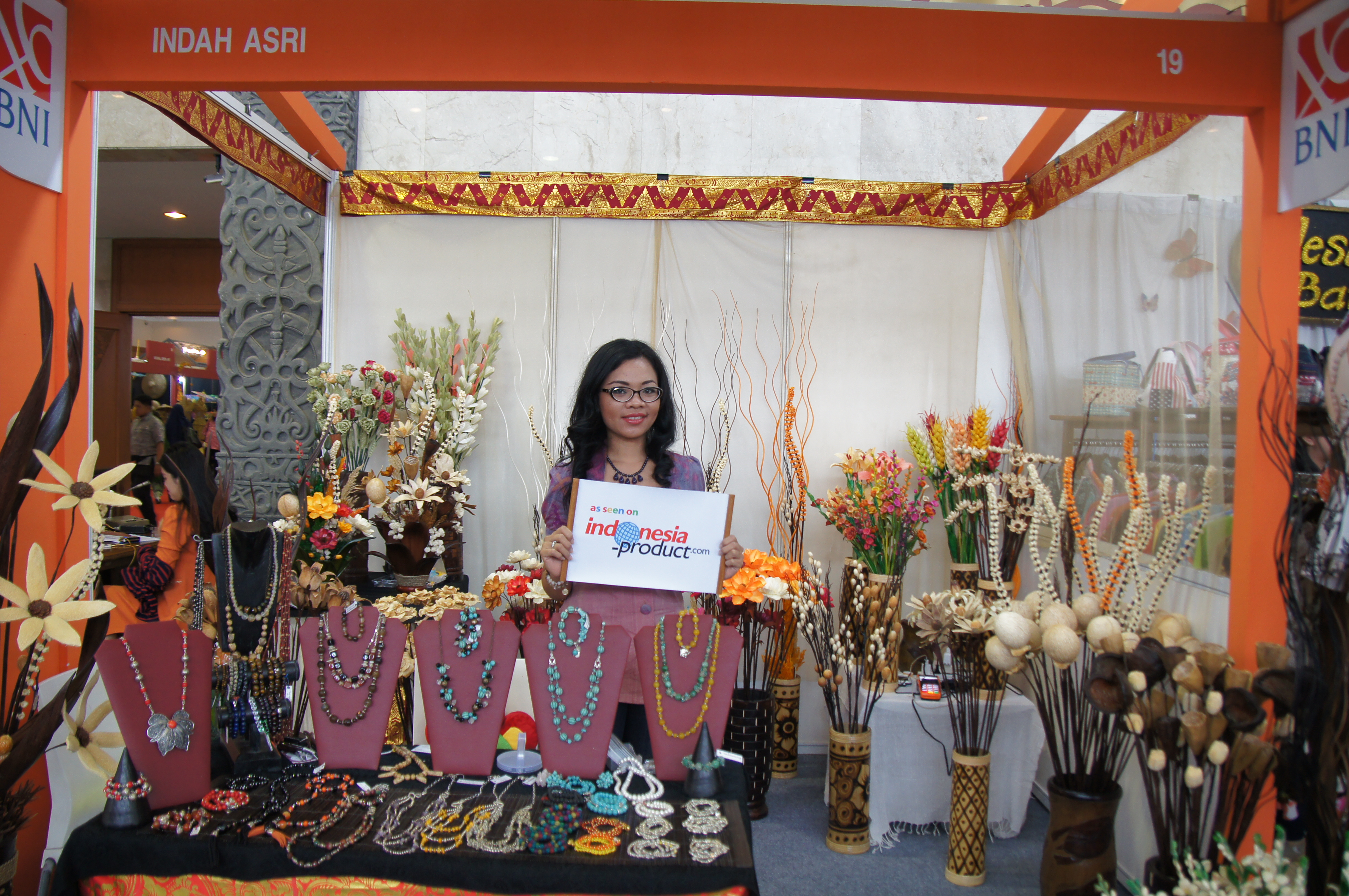Kennedy Museum to roll out the Zuni jewelry
2007-09-13
By Ashlee Monroe
Athens NEWS Campus Reporter
The Athens News, OH
The Kennedy Museum of Art will not only celebrate the opening of an extensive collection of Zuni jewelry on Friday evening, but also two complementary galleries that highlight Edwin Kennedy’s extensive collection of artifacts from the native Southwest group.
The museum will hold an opening reception for “Art of the Zuni” Friday from 6-8 p.m. The exhibit is classified as “ongoing” with no end date, though a museum spokesperson guessed it will run about two years.
Aside from the opening of the main gallery, museum employees also have been working on an educational gallery that features information about the materials used in the jewelry on display and the cultural background of the Zunis, a Native American group whose reservation is just east and southeast of Gallup, N.M.
“The jewelry that the Zuni make is made for tourists, but it’s also made with the values of the culture,” Kennedy Museum managing director Sandra Sleight-Brennan said of the jewelry in the exhibit. “Each of the pieces represents something of cultural significance to them.”
A third gallery, called “Gallery 66: Selling the Southwest,” complements the first two for the Friday-night opening. The gallery, co-curated by Art History master’s students Cara Romano, Rachel Crouch and Emily Cranz Richards, tells the back story of the jewelry on display in the impressive main collection.
“This gallery’s purpose is to provide context for the Native American collections that we have here (at the Kennedy Museum of Art),” Romano said.
Romano, graduate curatorial assistant at the museum, said that “Gallery 66” is a multimedia gallery that highlights the era of auto-tourism from the 1920s through the 1970s and ’80s that made U.S. Rt. 66 and the Southwestern U.S. region popular.
She said that the gallery, which is the three curators’ thesis project, also talks about how this tourism boom affected the culture of native groups like the Zunis.
Sleight-Brennan said that for the past two years researchers from Kennedy have been working with visiting consultants and traveling to where the Zunis live and work to gather historical and cultural context for the museum’s collection, which she said had never before been on display at the museum.
Since Kennedy’s 1,700-piece collection of jewelry from several Native American groups had never been on display at the museum, researchers had to put time and effort into piecing together the cultural significance of the jewelry.
Romano said that during a series of three trips to the Southwest region that were funded by an 1804 Fund grant, she and several other OU students and faculty visited some of the trading posts that Kennedy visited during the 1970s while collecting the jewelry in the main display.
“When you talk about learning outside the classroom, there isn’t a more beautiful example than this,” said Sally Delgado, curator of education at the museum.
Delgado said that she went on two of the three research trips to the Zuni pueblo funded by the grant. A mix of OU students from different educational backgrounds went on the trips, totaling about 15 students altogether.
“A lot of people really went out of their way to educate us on their history and on their art forms,” Delgado said.
Delgado recalled that during one of the trips, two OU visual communications students who accompanied the group designed a Web site for the A:shiwi A:wan Museum and Heritage Center, which worked closely with the OU group in its research.
According to curators at the Kennedy Museum, located in OU’s Ridges compound, “Art of the Zuni” contains jewelry made by more than 100 artists from the New Mexico group, ranging from elaborate petit-point belts and jewelry to kachinas, which are small, brightly colored figures acting out a tribal ceremony, and fetish animals that stand alone or are worked into pieces of jewelry.
According to a press release from the Kennedy Museum, the 400-piece jewelry gallery is drawn from the over 600 Zuni jewelry items that museum namesake Edwin Kennedy began collecting in 1954. The purpose of the exhibit, according to the same release, is to illustrate the effects that intercultural influences have on an indigenous art form.
“People should see a sense of the craftsmanship in the exhibit, and how craftsmanship is an important part of that culture,” Sleight-Brennan said. “It’s different, and it’s very hard to explain.”
All three exhibits will open Friday evening at the museum.





